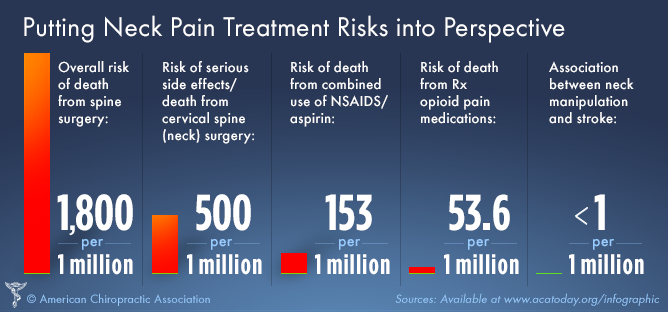Discovering The Devices And Impacts Of Cold Laser Treatment: A Detailed Scientific Viewpoint
Discovering The Devices And Impacts Of Cold Laser Treatment: A Detailed Scientific Viewpoint
Blog Article
Created By-Dougherty Peters
You may have become aware of cold laser therapy as a promising therapy alternative for numerous problems, but have you ever before questioned exactly how it really services a cellular degree? Comprehending the devices behind this therapy can clarify its performance in promoting recovery and lowering swelling. By checking out the science behind cold laser treatment, you'll gain understandings right into the interesting methods which light can affect mobile processes and help with cells fixing.
Exactly How Cold Laser Therapy Works
To understand how cold laser treatment functions, you need to understand the essential concepts of exactly how light energy interacts with biological tissues. Cold laser therapy, also called low-level laser treatment (LLLT), utilizes certain wavelengths of light to penetrate the skin and target hidden tissues. Unlike laser treatment eastchester used in surgical procedures, cold lasers produce low degrees of light that do not generate warm or create damages to the tissues.
When these gentle light waves reach the cells, they're taken in by parts called chromophores, such as cytochrome c oxidase in mitochondria. This absorption triggers a collection of biological responses, including raised mobile energy manufacturing and the release of nitric oxide, which enhances blood circulation and lowers inflammation.
Furthermore, the light energy can additionally promote the manufacturing of adenosine triphosphate (ATP), the power money of cells, helping in cellular repair and regeneration procedures.
Basically, cold laser treatment takes advantage of the power of light energy to advertise recovery and alleviate pain in a non-invasive and mild fashion.
Mechanisms of Activity
Exactly how does cold laser therapy really function to generate its therapeutic effects on organic tissues?
Cold laser treatment, additionally referred to as low-level laser therapy (LLLT), operates with a process known as photobiomodulation. When the cold laser is related to the skin, the light energy penetrates the tissues and is absorbed by chromophores within the cells.
These chromophores, such as cytochrome c oxidase in the mitochondria, are then promoted by the light energy, resulting in a waterfall of organic responses. One key device of activity is the enhancement of mobile metabolism.
The taken in light power enhances ATP production in the mitochondria, which is important for mobile feature and repair service. In addition, cold laser therapy aids to lower swelling by preventing inflammatory arbitrators and advertising the release of anti-inflammatory cytokines.
This anti-inflammatory effect contributes to discomfort relief and tissue healing.
Restorative Impacts
Recognizing the healing effects of cold laser treatment entails acknowledging just how the boosted mobile metabolic rate and anti-inflammatory properties add to its favorable results on organic tissues.
When the cold laser is put on the damaged area, it promotes the mitochondria within the cells, resulting in boosted production of adenosine triphosphate (ATP), which is crucial for mobile function and repair work. This boost in mobile energy speeds up the recovery procedure by promoting cells regeneration and lowering inflammation.
Additionally, the anti-inflammatory buildings of cold laser treatment assistance to lower discomfort and swelling in the targeted location. By preventing inflammatory mediators and advertising the launch of anti-inflammatory cytokines, cold laser treatment aids in relieving discomfort and improving the total healing response.
This reduction in inflammation not only supplies instant alleviation yet additionally sustains long-term tissue repair.
Final thought
In conclusion, cold laser treatment functions by promoting mobile repair and tissue regeneration with photobiomodulation. Its anti-inflammatory homes offer pain alleviation and minimize swelling by inhibiting inflammatory mediators.
This treatment provides a detailed approach to healing, providing both immediate relief and lasting tissue repair work advantages.
Via its mechanisms of action, cold laser therapy confirms to be a reliable and promising therapy choice for a selection of conditions.
